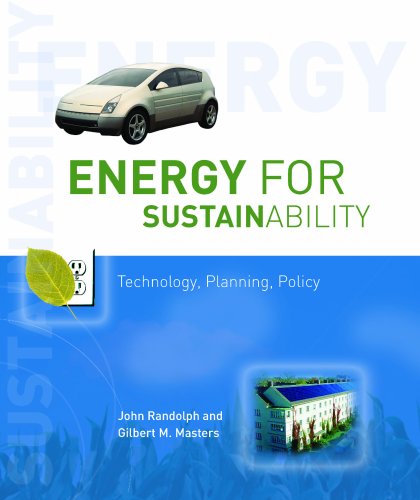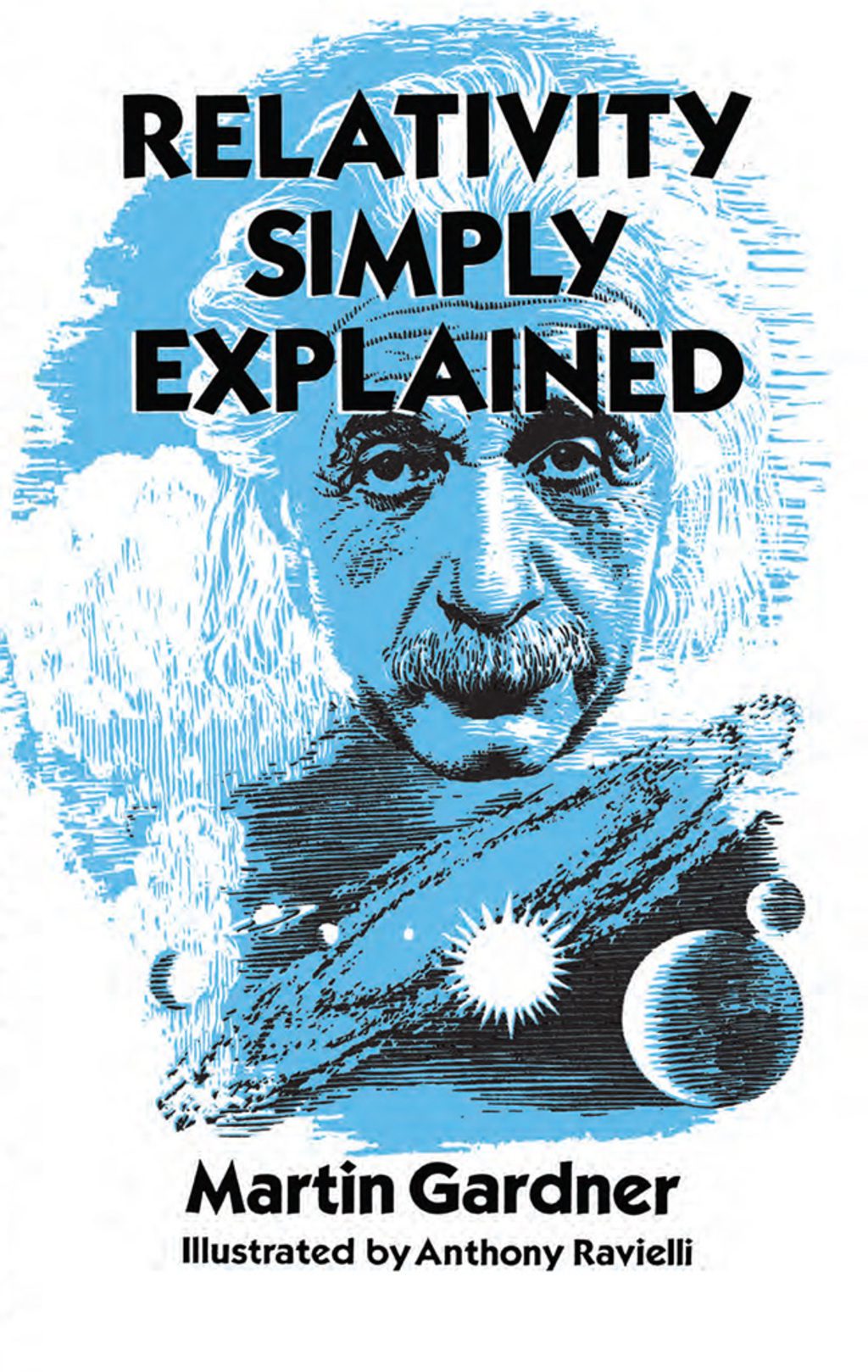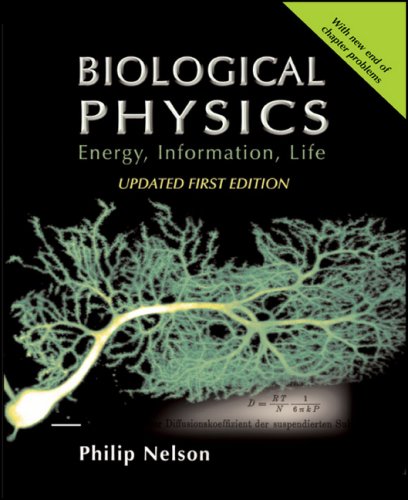John Randolph PhD, Gilbert M. Masters9781597261036, 1597261033
The book begins by providing a historical perspective on energy use by human civilizations and then covers energy fundamentals and trends; buildings and energy; sustainable electricity; sustainable transportation and land use; and energy policy and planning. Included in these topical areas are in-depth discussions of all of the most promising sources of renewable energy, including solar photovoltaic systems, wind turbines, and biofuels. In addition, the authors offer a thorough presentation of green” building design, the impact of land use and transportation patterns on energy use, and the policies needed to transform energy markets at the local, state, and national levels. Throughout, the authors first provide the necessary theory and then demonstrate how it can be applied, utilizing cutting-edge practices and technologies, and the most current available data.
Since the dawn of the industrial age, the explosive growth in economic productivity has been fueled by oil, coal, and natural gas. World energy use nearly doubled between 1975 and 2005. China’s energy use has been doubling every decade. The implications for the environment are staggering. One way or another, our reliance on fossil fuels will have to end. Energy for Sustainability evaluates the alternatives and helps students understand how, with good planning and policy decisions, renewable energy and efficiency can support world demands at costs we can affordeconomically, environmentally, and socially.







Reviews
There are no reviews yet.